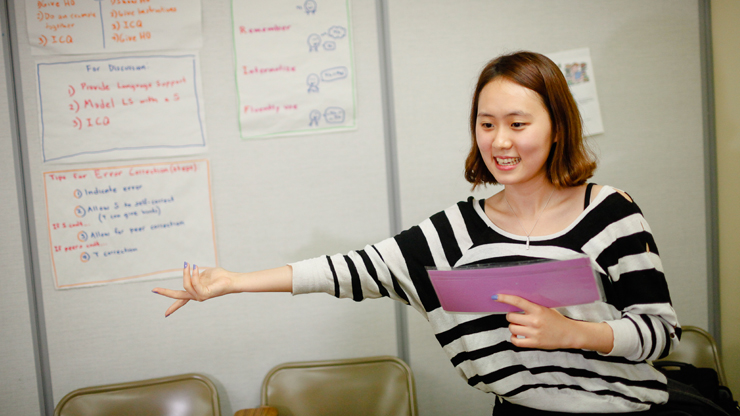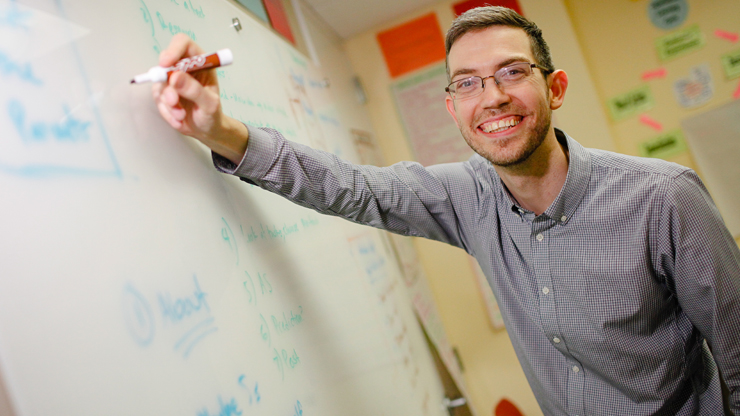
-
WHY
RENNERT - |
-
COURSES
COURSES

- |
-
RENNERT AND
BERKELEY COLLEGE - |
-
STUDENT
LIFE - |
-
TEACHER
TRAINING - |
-
FEES AND
DATES
Teacher Training
Train for a rewarding career in English language teaching.
Rennert TESOL Center is a World Learning SIT Teacher Training partner, delivering quality teacher training courses for over 20 years. Whether you are new to teaching or a professional looking to enhance your skills, we have the course for you.
Courses are not currently running in person. Please contact us for more information.
+1000
Graduates
35
Countries
10
Courses Offered
+20
Years Experience
Your Passport to the World
Rennert trainers are dedicated educators who have been trained to the highest levels with both Rennert and SIT World Learning. We know what it takes to make a great teacher, and so our specialist Teacher Training team will guide you through the process and help you to launch your career, update your skills and travel the globe.





CONTACT US
- Rennert International
- 12 East 41st Street
- New York, NY 10017
- TEL.: +1 212-867-8700
- apply@rennert.com
- CONTACT US
Need to translate your school diploma or transcript? Contact Rennert Translation Group for a special student discount!
X









